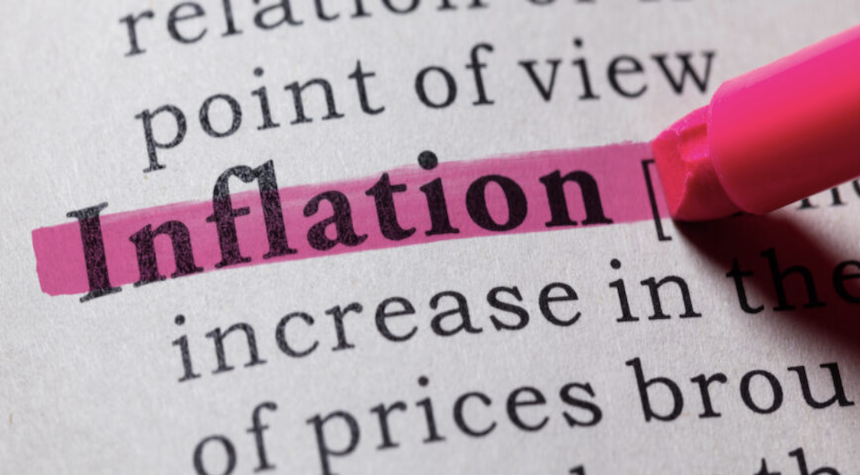The Bureau of Labor Statistics released its October Consumer Price Index on Wednesday. While our current round of Bidenflation continues to inflate, this latest update is not too shocking.
The Bureau of Labor Statistics released a report Wednesday showing that the Bureau of Labor Statistics found that inflation rose in October, but was still in line with Wall Street’s expectations.
The Consumer Price Index, which measures the cost of a wide range of goods and services across the country, rose 0.2% in one month. This brought the inflation rate for the past 12 months to 2,6%, an increase of 0.2 percentage points from September.
Both readings were in line with Dow Jones’ estimates.
The movement was more marked when food and energy were excluded. The core CPI increased by 0.3% in the past month, and it was also at 3.3% on an annual basis. This met expectations.
Of course, forecasts are not always good news. As always, inflation is not a matter of economics but rather primarily a monetary policy issue. When reporting on the September Consumer Price Index numbers (CPI), I wrote:

Currency is no different from anything else. It’s subject to supply and demand laws. Fiat currencies, such as the U.S. Dollar, are more flexible than hard currencies. When the federal government pours trillions of dollars into the economy, each one has a lower value and less purchasing power. It’s Economics 101 and something many people in Washington should learn. The September Consumer Price Index data shows that Bidenflation has been worse than expected.
All that remains true. We’ve seen trillions of fiat dollars being pumped into the economic system over the past few years. Bidenflation is the inevitable outcome.
This report contains a few other interesting facts.
In October, energy costs, which have been falling in recent months were unchanged, while the index of food prices increased by 0.2%. Energy costs were down 4.9% every year while food prices increased 2.1%.
The cost of energy has a direct impact on the rest of the economy, including food prices. The heart of the economy is energy, and we’re now (thankfully) nearing the end of the most energy-unfriendly presidential administration in history.

Housing and used car prices continue to rise.
Shelter prices continued to contribute significantly to the CPI movement despite signs that inflation was slowing elsewhere. The shelter index, which has a weighting of about one-third in the overall index, rose another 0.4% in Oct., more than doubling its movement in September and increasing by 4.9% annually. According to the BLS, the category accounted for more than half of the increase in the CPI all-items measure.
Motor vehicle insurance fell by 0.1%, but still rose 14% over the past 12 months. Airline fares increased by 3.2%, while egg prices fell 6.4%. However, they were still higher than a year earlier.
Housing and transportation are two items of economics that are not very flexible. Every American needs to have a place to call home and a way to get to and from work to pay for it. Inflation in the housing and automobile markets can be devastating, especially for those with lower incomes.
In January we will have a newly elected president and a newly elected Congress, but the economy of America is not like a super-tanker that can change direction on a dime. We may have to wait months or even a full year before we notice any significant changes brought about by the Trump Administration’s economic and monetary policies. We will see the changes in due course.



